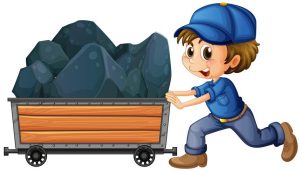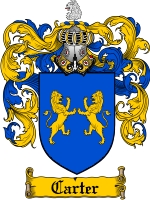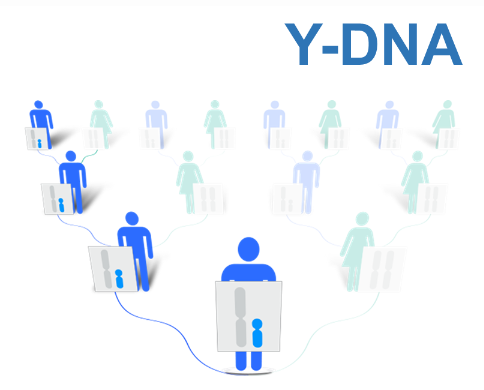
World-Wide Carter Surname Project

Y DNA testing can help you:
* Find any mistaken connections in family trees
* Discover information that may solve research problems, and/or resolve brick walls
* Sort out multiple Carter families found in the same location
* Confirm or get clues regarding migrations
* Confirm suspected events, such as illegitimacy and adoption
* Validate family history research
* Bridge gaps in the paper records
* Discover information to define the major branches of the tree going back to the origin of the surname
* Discover information about the evolution of yor Carter surname
* Discover clues regarding the origin(s) of your Carter surname
* Combine results with research in early records to determine the number of points of origin for your Carter surname
* Preserve DNA results for future research, to protect against any male line becoming extinct
A well-developed Carter Family Big Y Block Tree
The Y chromosome is a sex chromosome. Sex chromosomes carry the genetic code that makes each of us male or female. All people inherit two sex chromosomes. One comes from their mother and the other from their father. Men receive a Y chromosome from their father and an X chromosome from their mother. Men and only men inherit their father’s Y chromosome. It is passed down from father to son in an unbroken line all the way back to our earliest ancestors in Africa.
About 60,000 years ago, some groups of Homo sapiens migrated out of Africa, while others remained. Our direct paternal lineages trace these migrations.
This unique pattern of inheritance means genealogists can use Y-DNA testing to see how closely related two males are on this paternal tree of mankind. There are two main types of Y-DNA testing for genealogists: Y-STRs and Y-SNPs.
Y-DNA STRs
There are some areas in your DNA code where a chemical sequence is repeated many times. For example, AGTAAGTAAGTA is three repeats of the sequence AGTA. It is thought these sequences repeat themselves so that even if a section is lost, the genetic code is preserved. We call these areas Short Tandem Repeats (STRs), because they are short segments of DNA, that occur one after another (in tandem), and repeat themselves many times. The number of repeats that a specific person has in an STR typically gets passed down to their sons unchanged.
However, sometimes a copy error occurs and a repeat is gained or lost. We call this unique set of Y-STRs a Y-STR signature. This Y STR signature allows us to place you with other tests that have a similar signature.
FTDNA offers two levels of Y DNA STR testing. A 37 marker (Y37) and a 111 marker (Y111) test. In most cases, the Y37 test is adequate for placing you with your Carter family group. Neither the Y37 nor Y111 test will tell you how close your relationship with another tester is.
We recommend a Y37 STR test if the Big Y test is not in your budget. (You can always update later).
Y-DNA SNPs
DNA is made up of four chemicals that we abbreviate as A, C, T, and G. DNA has two strands, with one chemical on one strand pairing with a complementary chemical on the other strand. We call these pairs nucleotides. Sometimes a small copy error occurs where one chemical is substituted for another on the DNA strand. For example, an A can be copied as a T or a C copied as a G. When this occurs on a single nucleotide, we call it a Single Nucleotide Polymorphism or a SNP (pronounced snip).
These changes are usually rare, and a few generations can pass without a SNP occurring, but SNPs that occur in a specific lineage are unique and seldom change back.
The Big Y test is FTDNA’s Y SNP test. It also includes Y STR testing. The SNP portion of the test allows us to determine an approximate time to the Most Recent Common Ancestor (MRCA) between Big Y testers. This may allow you to break your Carter brick wall. The Big Y test also places you on the Y DNA Haplotree. The Y DNA Haplotree shows how ALL MEN are related, based on the human Y DNA chromosome reference model (theoretical “Adam”). You can use the tree to trace your ancient ancestor’s migration path throughout human history based on DNA samples taken from ancient burials and other archaeological sites.
Roberta Estes has an excellent tutorial on Y DNA testing that is available Here.
You can learn more about Y DNA test at FTDNA’s Learning Center.
FTDNA runs sales several times a year that offer substantial savings. Project members are sent notifications of these sales.
Back to Main Page
I do not recommend taking an FTDNA Family Finder test as your only autosomal DNA test. An autosomal DNA test from Ancestry offers you the largest database of testers.

